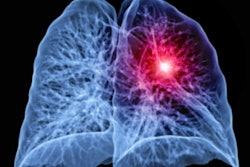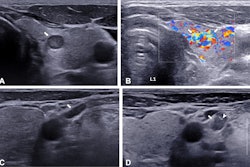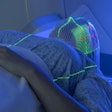Dear Digital X-Ray Insider,
Treating adolescents diagnosed with gender dysphoria with gonadotropin-releasing hormone (GnRH) agonists to suppress puberty remains controversial, especially over questions about its long-term safety. However, according to a group in the Netherlands, bone health may be now less of a concern.
In a study using dual-energy x-rays absorptiometry (DEXA) data, the researchers found that GnRH agonists indeed suspend bone mineral accrual in adolescents, yet these levels appear to catch up in later years during gender-affirming hormone treatment. You can read about the research here in this edition's highlighted story.
DEXA was also key in recent research by a group in Seoul, Korea, which found that despite normal body mass index scores, an association remains between body fat and decreased bone mineral density, including in men and premenopausal women.
In addition, DEXA scans were used by researchers in Italy recently to suggest that secondhand smoke raises osteoporosis risk in women, and the researchers encouraged the finding to be included in new criteria for screening programs.
We're also covering research on radiation exposure during certain procedures. One study, for instance, found that children with Down syndrome experience significantly more medical imaging and higher radiation exposure than other children; in another, researchers at Johns Hopkins Medicine in Baltimore, MD, warned of the radiation risks for patients undergoing newer endoscopic fluoroscopy procedures.
Aside from patient risks, research has also explored risks to staff. A group in Slovakia, for instance, recently reported that long-term exposure to low-dose radiation can cause DNA damage to lymphocyte cells in interventional radiologists.
In addition, AI research using x-rays continues at a blistering pace. Here are a few of these stories we’ve recently highlighted:
- A group in Seoul, South Korea, found that an AI model could help reduce radiology workflows by identifying “no changes” in follow-up chest x-rays of patients in critical care.
- An Australian team has developed an AI model that shows promise in predicting fracture risk in patients based on DEXA exams.
- A deep-learning AI algorithm designed to help clinicians diagnose COVID-19 was validated in a study by radiologists who interpreted x-rays with and without the model.
That's all for now. Be sure to check back often for more news in your Digital X-Ray content area.



















